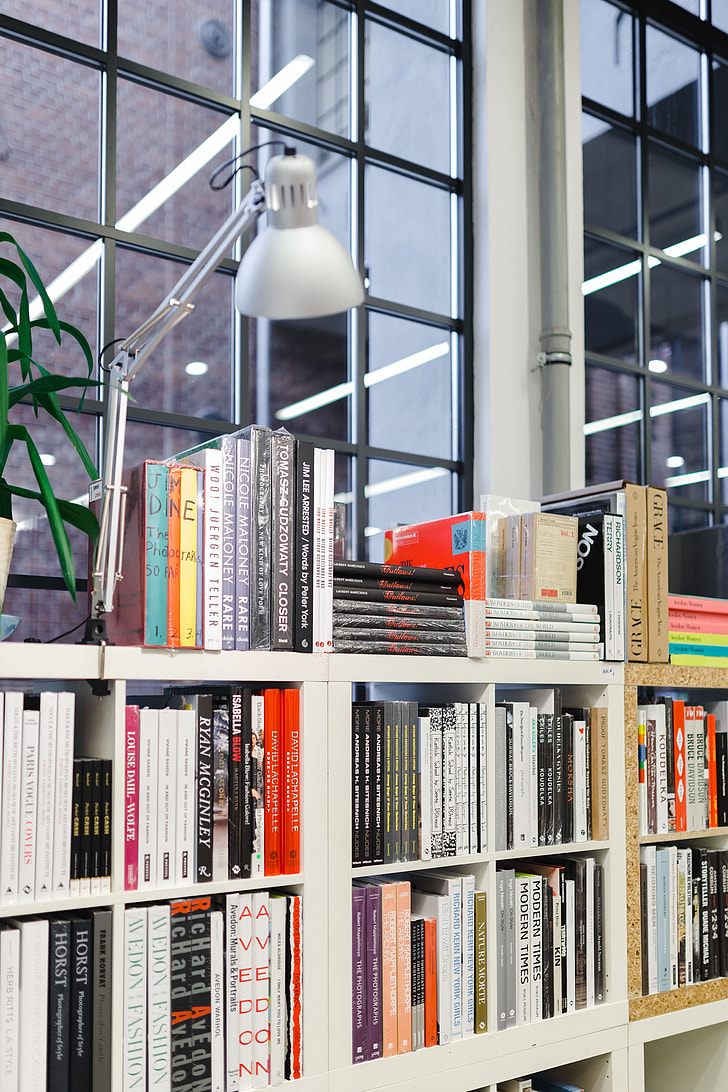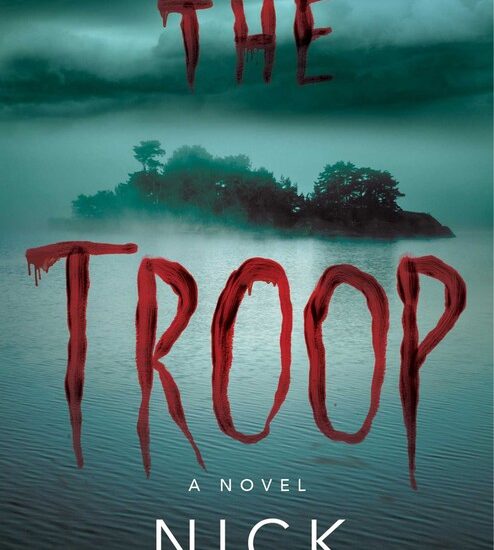Other Worlds: A Bookshop Speculation
I like books. And reading. And shopping for books to read. I love the smell of books. My mother planted this seed when I was young since she also is a hopeless book romantic. She taught for 20 years in Detroit, the last few years acting as a librarian. It was a stressful job, and she would muse occasionally about opening a used bookstore. Had it come to fruition, she likely would have specialized in religious and romance, or, even better, religious romance books. Now that I’ve gotten to around that same age, I too have thought about what it’d be like to own a bookshop. I would call it Other Worlds: A Speculation.
Brass Tacks
The first thing one needs in order to have a shop is, of course, a shop. I did a little research and found there is retail space available in downtown Howell for what seems like a somewhat reasonable lease for what to me seems like a decent location ($1600/month plus about $275 for utilities). However, what good is a shop without inventory? Based on my research, a 1440 sq. ft. retail space should be able to hold about 8000 total books. At $16.20 per book*, that’s $129,600 just to stock the shelves.
Next is the concept. There are three shops in the area, one of which is a Barnes & Noble. The other two are 2 Dandelions, an independent run by retired teachers that has books of all kinds but reserves half their space for children’s titles, and Unicorn One, a used bookshop. If I’m to compete with these existing stores, I have to do something a little different. The kinds of books I enjoy reading fall into what used to be called Fantasy and Science Fiction, but now can be summed up with the catchall of “Speculative Fiction.” So my little shop, which only has 1440 sq. ft. will have to focus on new, or nearly new, speculative fiction. I would stock a few of the classics too, of course, especially while they’re having a moment in the zeitgeist. Dune, Wheel of Time, and Lord of the Rings are all having adaptations released in the next few months.
Money
In the end, a business can’t survive if it can’t make money. Having a storefront in a good location with stocked shelves doesn’t guarantee that it’ll make money. Speculative fiction generally sells pretty well year-to-year, but it’s seen some softness in the market the past few. It’s not the bestselling genre(s), probably never will be. So what could I realistically expect to make if I were to pursue this venture?
According to my research, I can expect to make $376,200 in total revenue** if things go toward the average. The chances are things are unlikely to go with the average. I would have a few things working against me:
- No previous experience. I’ve never worked in a bookstore or ran a business before. The closest thing I have to retail experience is working as a cashier at a grocery store.
- Small market. Howell, Michigan is a small town. Specializing in a specific category of books narrows the market even more.
- A new store doesn’t have an existing customer base and has to pay to acquire new customers.
Assuming I made $300,000 that first year though, I’d need to deduct about $150,000 for rent and stock. Let’s assume $5000 for furniture and decor. I calculated about $31,000 for taxes using this calculator. That leaves about $110,000 in profit. Maybe. What if I don’t want to work the whole store by myself? Sure, I can make my kids help out, but they’ll want a little something for their efforts. I also think that the top-line figure is too optimistic and there are probably costs I’m missing that would add up. However, even if that’s the case, it still seems like a decent living could be made.
Parting Thoughts
I’m not going to open a bookstore, at least not anytime soon. Starting a business is uncertain in the best of times. These are not the best of times. Reading went up during the pandemic, but ebooks and Amazon are still taking a huge bite out of the retail book market. Right now, I’d need the money that the bookstore would generate. Perhaps one day, I’ll be in a position where breaking even on a bookstore is good enough.
Footnotes
* I used the highest price of an adult fiction hardcover, then added $2 since the data is 7 years old. I then multiplied it by .6 since bookstores typically purchase books at 60% of retail to use that 40% as revenue for themselves.
** Taking the $330 per square foot figure and multiplying it by the space I’ve selected (1440 sq. ft.).

